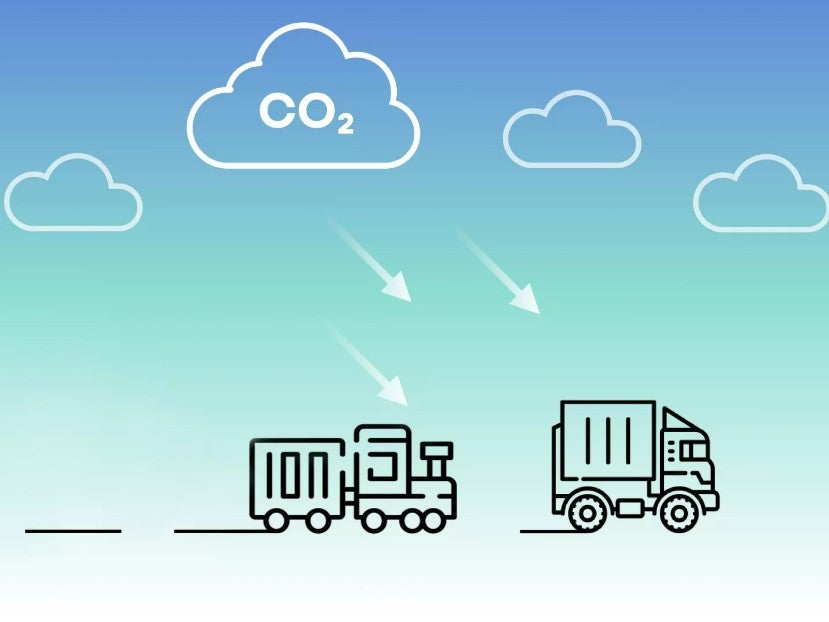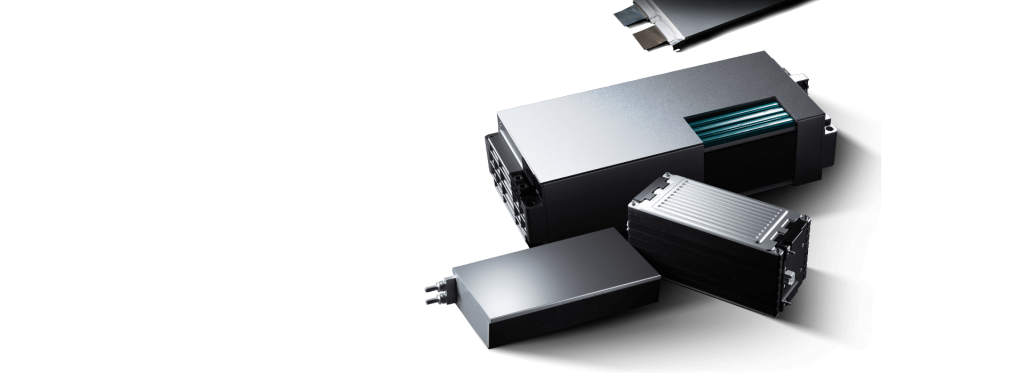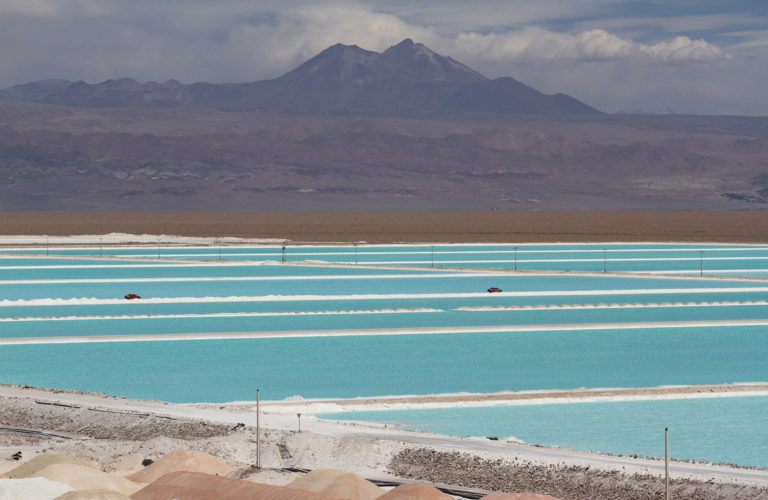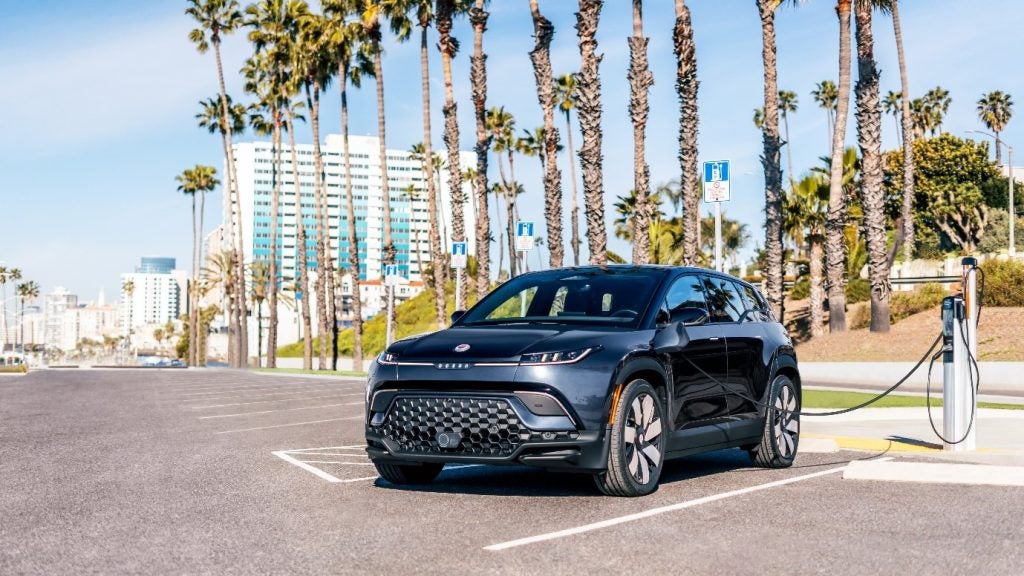
In the automotive industry, a move towards carbon neutrality has begun, but there is a long way to go. Government mandates have overtaken social pressure in the attempt to limit global warming to 1.5°C. In the automotive industry, a move towards carbon neutrality has begun, but original equipment manufacturers (OEMs) are still far away from net zero. Most OEMs aim to reach net zero by 2050, but incoming regulatory pressure on emissions will require them to improve current emissions reporting and curate more pragmatic decarbonization strategies.
Utilities eye EV data
In one sense, the electric vehicle revolution is about hardware. It requires new kinds of cars to be built, powered by expensive and complicated batteries, which must be recharged by new types of infrastructure necessitating new grid equipment. However, in a less visible sense, it is also about software – the systems sending data around inside the electric vehicle. The question is whether and how that data will exit the vehicle in a useful way. Electric mobility presents a unique challenge in that it must bridge the world of transport, energy and the built environment. Creating that bridge is going to require data interoperability and information-sharing between stakeholders, something that has been a struggle thus far. This has particularly been the case for the auto industry and utilities. “These are two industries that have historically not been very close to each other,” said Kristian Ruby, secretary-general of the Brussels-based industry association Eurelectric, which represents electric utilities across Europe.
Supply chain challenge
A typical motor vehicle can contain anything between 15,000 and 25,000 component parts – depending on how they are measured and the design engineering of its major systems. That is a lot of material to bring together and provide integrity for the final product. Indeed, it is no mean feat to put all those parts together in the right order. Every car in existence is a tribute to process planning, organisation, production engineering and manufacturing logistics. Once upon a time, vehicle manufacturers were highly vertically integrated, but that approach gave way to divested (anyone recall where Visteon came from and the tangled web of companies that comprised General Motors’ Automotive Components Group?) and specialist parts suppliers who could focus on product development and operate more efficiently on higher scale to more than one customer. The big Tier 1 systems integrators supply directly to the vehicle makers, often from supplier parks conveniently located close to vehicle assembly and manufacturing facilities, but there are multiple tiers of smaller suppliers below the top tier – each performing vital roles on the lengthy pathway from raw materials to the finished product.
BEV sales slowing
How well do you really know your competitors?
Access the most comprehensive Company Profiles on the market, powered by GlobalData. Save hours of research. Gain competitive edge.

Thank you!
Your download email will arrive shortly
Not ready to buy yet? Download a free sample
We are confident about the unique quality of our Company Profiles. However, we want you to make the most beneficial decision for your business, so we offer a free sample that you can download by submitting the below form
By GlobalDataSince the start of this decade, battery electric vehicles (BEVs) have been under the spotlight, being seen as the key xEV technology. With a boost from key government incentives and subsidies, tightened emission policies, and carbon-neutral targets, BEV sales have achieved rapid growth and surpassed other xEV types in 2022. However, the BEV sales trend unexpectedly experienced a slowdown in 2023 in key markets such as China and South Korea. This slowdown in 2023 can be attributed to several factors. One of the key issues was that of dwindling subsidies in the key BEV market, which resulted in higher transaction prices for BEVs. In addition, the expansion of the charging infrastructure, especially rapid charging stations, was not able to keep up with BEV growth, resulting in increased range anxiety and inconvenience. Despite a doubling of sales volume in the past few years, BEV sales in the Asia-Pacific (AP) region are thought to have approached 7m units in 2023, only a 31% YoY increase from 2022.
Data dump
As always, we offer a snapshot of the week’s news and analysis on Just Auto, as seen through selected data points. We kicked off with Asia-Pacific’s Light Vehicle (LV) production which ended 2023 on a high note. The region’s production expanded nearly 10% year-on-year (YoY) to a record-high level of 51.8 million units thanks to the robust pace of production in China and Japan, and to a lesser extent, Korea and India. Strong exports were a key driver for growth in the mainland and China became the world’s largest vehicle exporter last year. All in all, the Asia-Pacific region’s light vehicle production trend ended 2023 on a high note, but this year will be a different story.
Tax bung please
The UK automotive industry’s trade body – the SMMT – is calling for the UK government to put the UK’s shift to electric vehicles ‘back in the fast lane, with fair taxes for a fairer transition’. It has commissioned new research that it says revealed that rising numbers of would-be EV drivers are now likely to delay their switch to a battery electric car – but claims a three-point plan of tax reform would recharge the market and accelerate the UK’s progress towards net zero. The survey found that last September’s decision to delay the UK’s end of sale of new petrol and diesel cars and vans, from 2030 to 2035, has led to almost one in four drivers (24%) delaying their plans, while one in seven (14%) say they now won’t ever make the switch.
Romania record
Combined production of Ford Otosan and Dacia vehicle factories in Romania rose 26% year on year to a new record of 48,728 units in January, according to data from the Romanian Automobile Manufacturers Association (ACAROM). Of these, 32,354 units were produced in Mioveni (Dacia), up 23%, and 16,374 in Craiova (Ford), up 34%
Antipodes Toyota circle
Toyota Australia has, in a way, gone ‘full circle’ with its announcement the first locally assembled EODev GEH2 hydrogen fuel cell stationary power generator would be sold to Thiess, the mining services company. Assembled at the automaker’s former purpose built car manufacturing plant site in Altona, Victoria, where vehicle output ended in 2017, the 110kVA power generator was designed by France’s EODev (Energy Observer Developments) with “the “support” FROM Toyota Motor Europe and uses the same fuel cell system which powers Toyota’s rare Mirai FCEV. In 1959, Thiess, a subsidiary of then-construction company Thiess Holdings, became the official Queensland distributor for Toyota commercial vehicles making Australia the first official export market for the Japanese brand.
UK output up
UK car production got off to a fast start in January, according to the latest figures published by the Society of Motor Manufacturers and Traders (SMMT). Volumes rose 21.0% to 82,997 units, marking the best January performance since 2021 and the fifth straight month of growth as global demand. The SMMT said demand for British-built brands continued to grow and legacy supply chain challenges, notably semiconductor shortages, abated further.
CVs on the up
UK commercial vehicle (CV) production grew 26.9% year on the year in January 2024 to 11,756 units, according to the SMMT. January output was the highest for the month in 16 years. Export drove output with volume up 49.8% to 7,965 units with the EU the biggest market as usual, taking 97.4% of shipments. UK market production was down 4% to 3,791.
JV EV SUV
Volkswagen and Chinese EV maker XPeng have said their first joint vehicle will be a SUV. The partners announced this week they had entered into a Master Agreement on strategic technical collaboration to tackle the Chinese market. Last year VW said it would take a 5% stake in Xpeng with two EVs to be sold as VWs in China by 2026. The value of the German automaker’s stake was around US$700m.
Once more in Thailand
BMW said it was planning a second battery assembly factory in Thailand to meet growing demand for battery electric vehicles (BEVs), according to local reports. The automaker has a vehicle assembly plant in Rayong province along with a factory which assembles hybrid vehicle batteries in a venture with Draxlmaier. With demand for BEVs in Thailand and south east Asia surging the company was finalising plans to build a BEV plant and had decided also to localise battery assembly.
Honda/GM take two
Honda’s claimed ‘America’s first production plug-in hydrogen fuel cell electric vehicle’, the 2025 CR-V e:FCEV, has a powertrain developed in conjunction with General Motors. The five passenger crossover is the first application of a second generation fuel cell module produced at Fuel Cell System Manufacturing (FCSM) in Michigan, offering improved durability, higher efficiency, increased refinement and lower cost compared to the previous generation system used in the Clarity model that was offered to a limited, select customer base mainly in California. Co-developed with General Motors (GM), the new module benefits from technology and economies of scale of both companies and reduces the cost by two thirds compared to the Clarity fuel cell.
Apple axes EV
After a decade of work, tech giant Apple is cancelling its so-called Titan electric car project, according to multiple news agencies. The announcement was made internally, which blindsided the roughly 2,000 people working on the project. The disclosure was made by executives Jeff Williams, Chief Operating Officer, and Kevin Lynch, a vice president heading the project. Word is rival EV makers are looking to snap up any engineers sacked as a result.
Have a nice weekend.
Graeme Roberts, Deputy Editor, Just Auto







